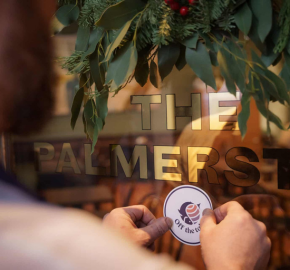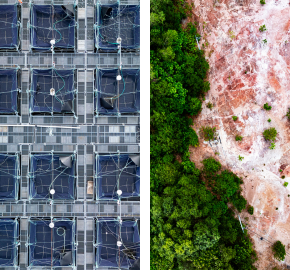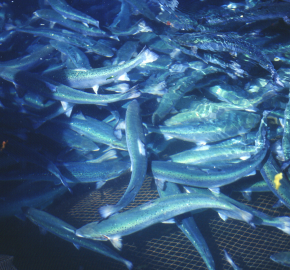Salmon Farming: The Issue of Trust Part 2
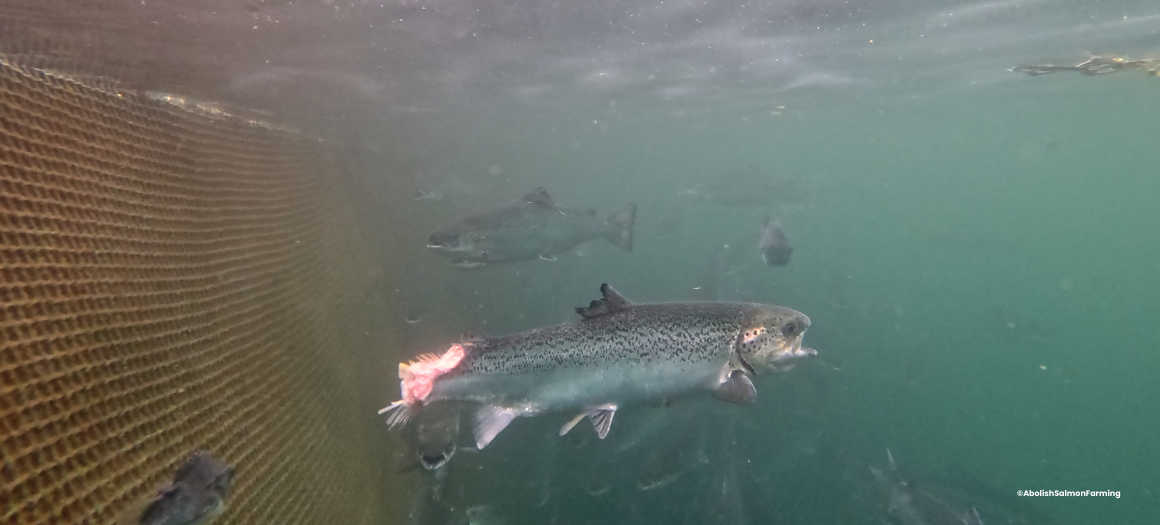
Back in July, I wrote a blog explaining why one should not “take anything that the salmon farming industry says at face value.”
During COP26 we exposed in the media the fact that the organisers were guilty of inexcusably poor judgement by having farmed salmon, the product of an unsustainable industry, on the venue’s official menu.
They compounded their error of judgement by sourcing the salmon from a company with a very poor environmental record. Loch Duart Ltd has the dubious distinction of being the only salmon producer this year to have received two Enforcement Notices (for breaches at its Clashnessie Bay farm in north-west Sutherland) from Scottish Government for failing to control sea lice parasites – which, when they disperse from open-net salmon farms, have a devastating impact on wild salmon and sea trout.
Sea lice at Clashnessie appeared this year to be out of control. Between week 1 (starting 4 January) and week 40 (after which the site was finally harvested out) the average weekly declared count of adult female lice per farmed fish was over 5 (10 times the industry’s Code of Good Practice level for February to June and 5 times the Code of Good Practice level for July to January).
During eight weeks the declared count was over 6 adult female lice per fish (the Scottish Government’s enforcement trigger level), peaking at 10.47 in week 33 (that of 16 August); the average declared count between weeks 31 and 40 was 8.67.
Our exposure gained extensive press coverage including a report in The Mirror in which a Loch Duart spokesman responded in some detail. Here is some of what they said:
One of our sites experienced elevated levels of lice, triggering the standard Marine Scotland response process, expected in a highly regulated sector. All our other sites continued to be successfully managed through our natural approaches to welfare, despite the challenges of rising water temperatures.”
This is an odd claim, given that in the first 13 weeks of 2021 (thereafter the site was harvested out) at one of Loch Duart’s other salmon farms, Loch Carnan (South Uist), average weekly sea lice counts per fish reached 5.74.
“To have raised levels of this naturally occurring parasite is devastating for the team, who go above and beyond in their care for their salmon.”
Their staff may or may not “care” for the farmed fish under their control but the data shows there are serious doubts about the efficacy of this care. On the basis of data obtained under FOI, between weeks 33 and 38 mortality losses (including those succumbing to major disease problems) at Clashnessie amounted to a staggering 49% of fish on site; at 5.5kg per fish this equated to 353 tonnes.
“While self-reporting for sea lice is standard in Scottish salmon farming, Loch Duart is the only Scottish salmon farm to welcome fisheries trust representatives to verify our sea lice auditing, providing completely independent oversight.”
Is Loch Duart suggesting that sea lice counts on its rivals’ farms should not be trusted? If they have any information or knowledge that counts elsewhere are “dodgy” then they should pass that to Marine Scotland at once.
“Loch Duart always chooses welfare and quality over profit, even if this means bringing fish out of the water earlier than planned, as we did in this case, to avoid harm to the salmon, or the need to resort to medicinal options.”
Perhaps that seems noble at first glance, but by declining to use costly chemical treatments (aside from the occasional dose of hydrogen peroxide) and/or mechanical lice removers, sea lice numbers at Clashnessie were way over acceptable levels for months on end. Billions of sea lice larvae will have spread out into the surrounding waters, posing a severe threat to wild fish. What consideration, if any, did Loch Duart Ltd give during this period to the impact its operation was having on wild salmon and sea trout?
Farming salmon, as Loch Duart does, in open-net cages, will in time be overtaken by closed containment farming, where there is a physical and biological separation between farmed and wild fish – and with operators like Loch Duart out there, that cannot come soon enough.
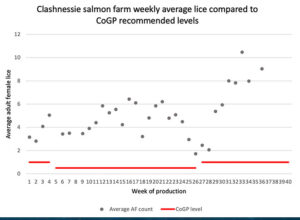
Figure 1. The self-reported average number of adult female lice reported on the Loch Duart Ltd operated Clashnessie salmon farm from the week commencing the 4th January 2021 (week 1) to the week commencing the 4th October 2021 (week 40), including weeks in which no count was provided. The data is available here.

